University of Alabama’s Platform Magazine Features Brand Journalists
by Rachel Childers, Platform Magazine, University of Alabama
Thanks to search engines and social media there has been a shift in the way people find and receive information. People actively seek what they want. Since media is saturated with advertising and marketing copy, many people no longer respond to messages that scream “I’m selling you something.”
Instead, consumers want authenticity and transparency. People want to feel like they identify with a brand. They want to know about the sheep that were sheered for their sweater. They desire to know how the inventor of the product they love dreamed it up. They yearn for details in the company’s story. This is where brand journalism comes in.
“It’s all about the stories we tell people. Stories allow us to relate to each other,” said Thomas Scott, CEO of Brand Journalists. “A company’s story is its brand.”
Scott, who describes himself as a corporate storyteller, does just that every day. He is the CEO of a hybrid PR firm that focuses on producing content in the form of stories for franchises all over the U.S.
“Brand journalism is a strategic way of producing content,” Scott said.
It goes beyond just putting content out there. It allows a company to tell what is special and unique about it, and it effectively uses search engine optimization.
“A company needs positive reinforcement online,” Scott said. He said it’s human nature for a person to assume a company is bad when a search yields little to no content. Even if the company is the best in the world, the public will have a negative perspective if its online content is lacking.
“With brand journalism, companies have the opportunity to be their own publisher,” Scott said.
Boeing took advantage of this opportunity in April 2010. Communications Director Todd Blecher said that Boeing’s move toward brand journalism was the result of wanting to improve its website.
“We realized we had the opportunity to put content out there,” Blecher said.
By using the skills of the former journalists on staff, Boeing added brand journalism to its overall communication plan.
Just as Scott’s firm does for franchises, Boeing was able to produce content that would drive people to its website. This made it easier for journalists, potential customers and potential investors to find it.
However, Boeing had to learn which stories their audience wanted, and which ones they didn’t.
Blecher said that stories about aerospace and aviation, what he calls the “hardware,” tend to be more successful on the Boeing website due to audience expectation. For example, the story of a K-9 bomb team member didn’t work well on the website. Blecher said that it would have been better accepted on Facebook because that is what the social media audience desires.
“You have to know your audience and know your tools,” Blecher said.
In this case, Boeing’s tool was brand journalism. It was a successful addition to the other tools that Blecher uses every day; however, Blecher said that brand journalism might not be able to be effectively used by every company. Companies need to evaluate whether or not they can culturally incorporate brand journalism in their communication plan, and they need to determine who will produce the content.
He said that culturally, companies need to be attuned to discovering stories that interest their audience and finding out how this content can be interesting.
“They need to get beyond buying language,” Blecher said. “If you can’t have subtlety of application, then you probably shouldn’t do it.”
He also suggested using current employees to produce the content.
“You want people wearing the same badge,” Blecher said. He noted that the product produced by someone already invested in your company versus the product produced by a freelance writer will be very different.
Scott said that any company can benefit from brand journalism. He mentioned that somewhere there is someone looking for your product, and brand journalism makes it easier for them to find it.
Brand journalism offers a way for companies to produce their story. It uses journalism skills mixed with a dash of creativity and imagination to go beyond selling and into storytelling. Brand journalism can be used among a variety of industries from airplanes to fast food and more. This tool is changing how companies communicate and places the power into the companies’ hand when it comes to their brands.
Advice for Students
For students interested in brand journalism, both Blecher and Scott have some advice. First and foremost, they agreed that journalism skills are a must.
“Learn the journalism side before you learn the brand side,” Blecher said.
He said that a student interested in brand journalism should not only learn how to write, but they should learn how to shoot video, as well. They also need do both from the audience’s perspective. Lastly, students need to consistently practice these skills.
Scott recommended that along with journalism classes students should take Southern literature classes. Scott suggested students read authors like Flannery O’Connor and William Faulkner.
“Southern literature has the best storytelling tradition,” he said.
He also mentioned it would be beneficial for students to take feature writing classes and become accustomed to writing descriptively. He said that one employee at his company writes descriptively on a fourth or fifth grade level using very basic words and no jargon, which is a very difficult task.
Another thing he suggested was having a personal blog. He said that when a student has a blog where they write about something they are passionate about, it really sets them apart. He said one of the firm’s employees, who started as an intern, had a blog about food that led to a full-time position writing for a smoothie franchise.
Finally he said having a professional Twitter account and internships at firms who focus on content writing were important.

